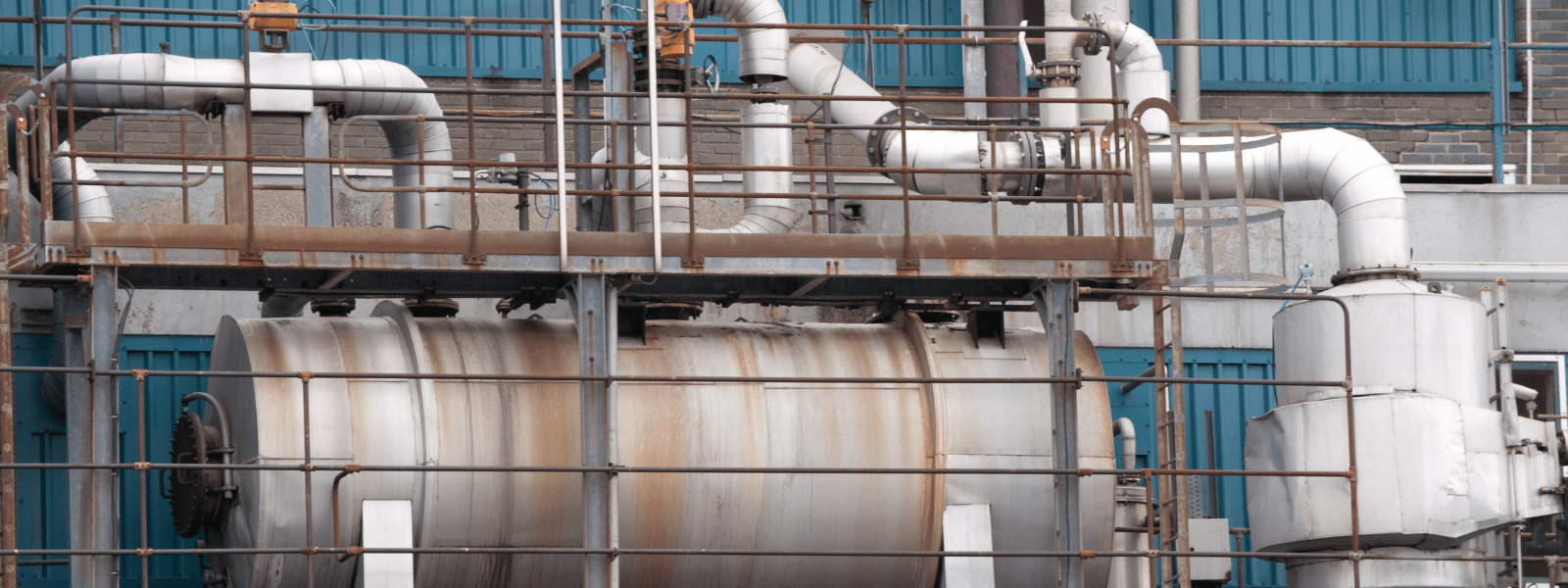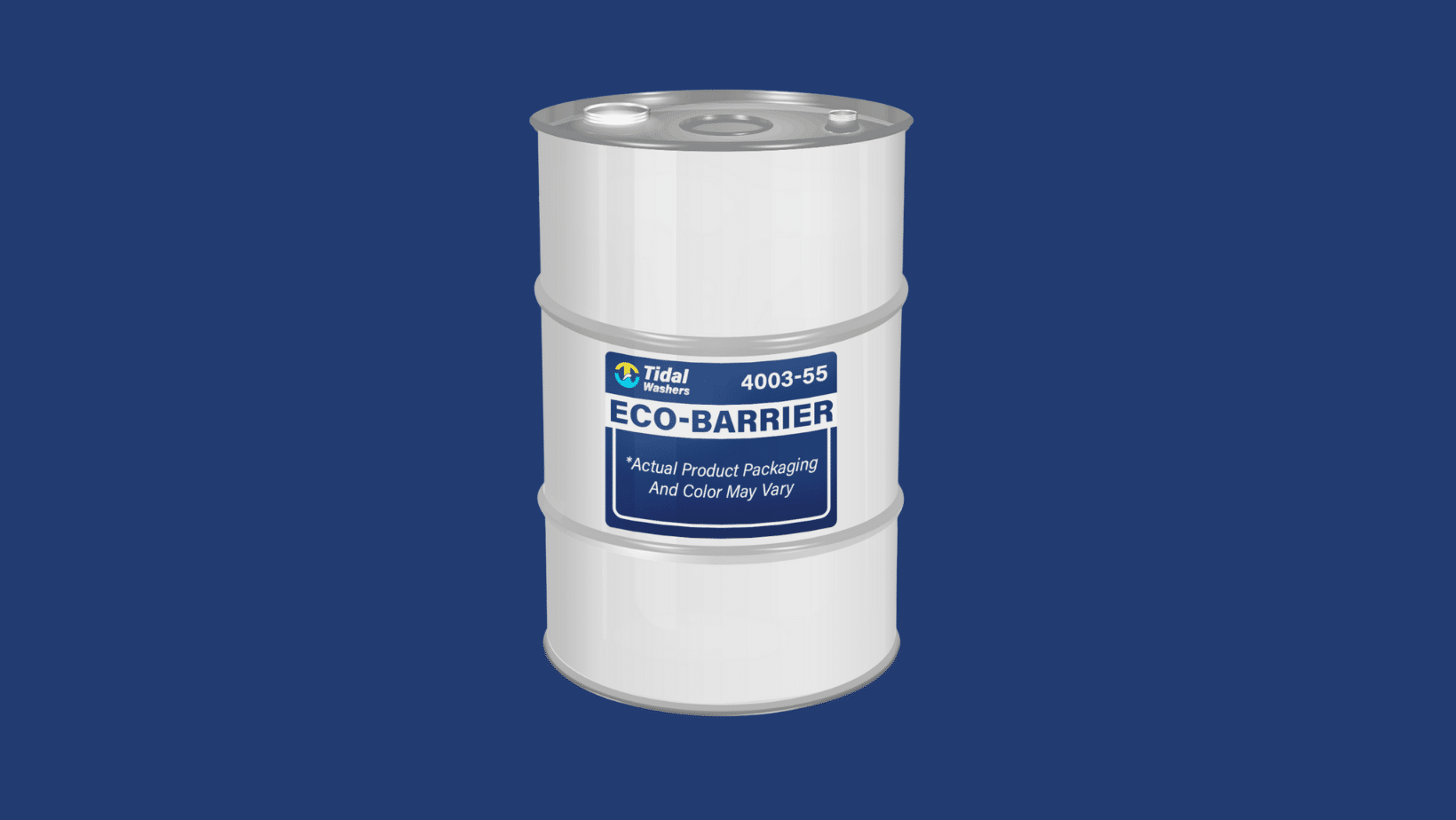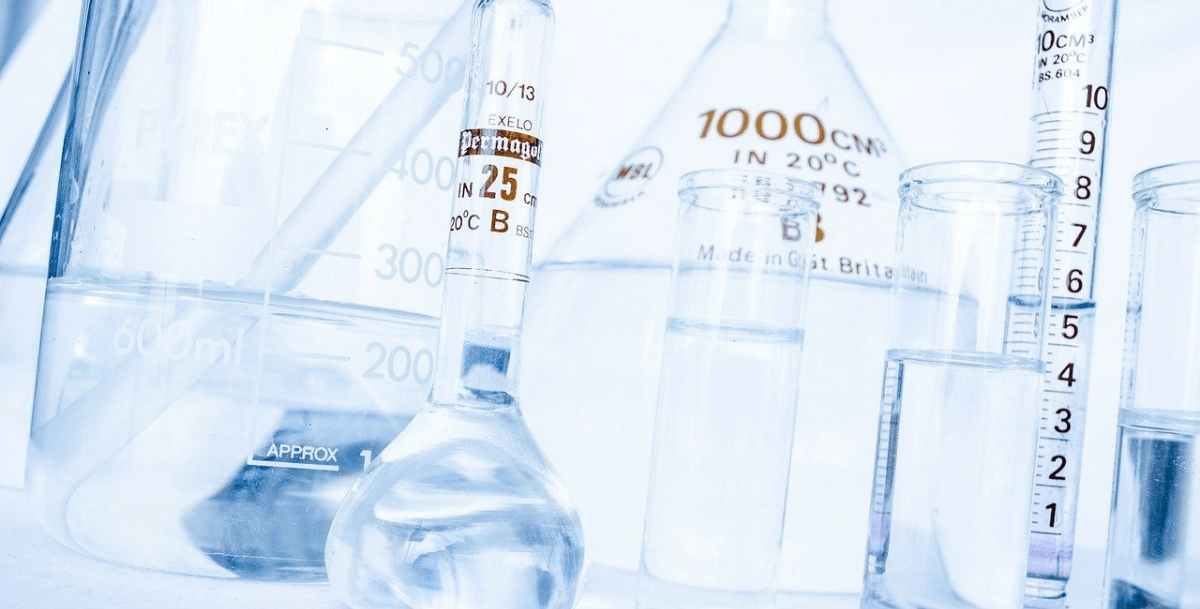Heat exchangers allow excess heat to be removed from a system by using large amounts of cool water. However, the water used is commonly taken from a...
Blog


CHEMICAL INDUSTRY NEWS
Chemical Chat – Discover What’s New!
Butyl vs Non Butyl Degreaser
What is the difference between butyl vs non butyl degreaser? Comparing the two, the biggest difference is that one contains butyl and one does not....
The Benefits of Eco-Barrier
About Eco-Barrier If you are interested in purchasing an industrial-strength house exterior cleaner, Eco-Barrier is the product for you....
What is a Naptha Solvent?
What is a Naptha solvent? A naptha solvent is a chemical product comprised of volatile and extremely flammable liquid...
Butyl vs Non Butyl Degreaser
What is the difference between butyl vs non butyl degreaser? Comparing the two, the biggest difference is that one...
Company News

Managed Services
Discover the Latest in Safe and Sustainable Chemical Solutions
Stay informed with Ecolink’s blog! Subscribe now
Chemical Management Information
Stay updated with us
Sign Up for the Latest Updates
Stay informed about chemical supply chain disruptions and emerging innovations to keep your business at the forefront of efficiency and innovation. Uncover new ways to make your business practices more sustainable by incorporating safer products into your cleaning lineup.


























